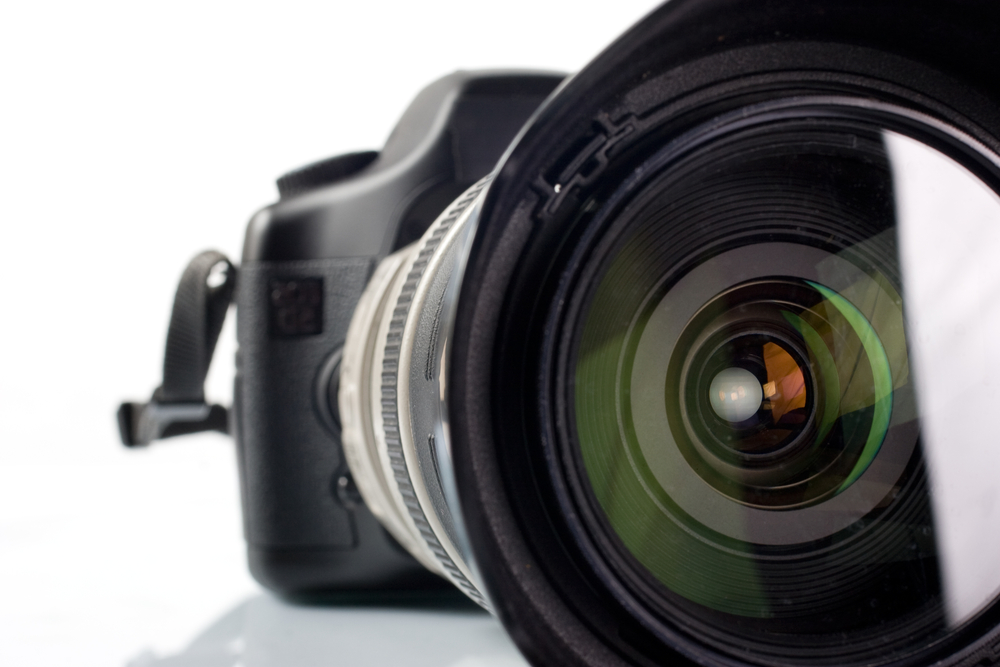Any discussion on the differences between wide-angle and telephoto lenses ought to start with the human eye. The angle of view that we humans have is 55 degrees. This is equivalent to a 43mm lens. Thus lenses that offer a greater angle of view are considered wide-angle lenses (taking in a greater field of view). Those that offer less are considered telephoto lenses (taking in a smaller field of view).
When starting out, it’s a good idea to get familiar with your camera and all of its functions. As you get more comfortable and you start to take more photographs you’ll begin to see shots that you may not be able to capture with your current lenses, and then you’ll know it’s time to start trying new ones. Wide-angle and telephoto lenses both offer unique and very different perspectives, unparalleled by the human eye.
Wide-Angle Lens
Wide-angle lenses offer a wider angle of view (from 60° to 180°). With these smaller focal length lenses, you capture a larger scene in the frame. It allows you to see more of the landscape from the foreground to the horizon. It is useful if you are trying to show context and add details to your scenery, especially your foreground.
Wide-angle lenses allow you to show off close up details as their distortion enlarges objects in the foreground, while the center of the image looks farther away when you are shooting from the ground.
With wider lenses the edges of your frame can get stretched out, making lines and horizons look curved. This may either enhance your shot or not. You can certainly learn by trial and error, but having an idea when you should use a wide-angle lens will help.
When to Shoot With a Wide-Angle Lens
There are some circumstances when a wide-angle lens is advantageous. These are a few:
– Capturing a table full of food
– Taking group shots in confined spaces
– Showing off an entire room
– Taking photos of a building and architecture
– Capturing skyscapes and cityscapes
– Taking wide panoramic landscapes
– To increase the visual distance between your subject and the background
Telephoto Lens
A telephoto lens lets you capture subjects further away and appears to bring them closer. Telephoto lenses are divided into three categories: short (65mm to 135mm), medium (135mm to 200mm), and super (focal lengths going beyond 200mm).
Shorter telephoto lenses are more practical for everyday use and carrying around as anything bigger than 300mm is generally too heavy to carry around and certainly not meant for handheld picture making.
Remember the general rule of thumb is that a person can handhold an image for the same time as the focal length of the lens at ISO 100: so for a 50mm lens one can easily handhold at 1/50 sec., but at 300mm the most one can generally be steady would be 1/300 sec.
Telephoto lenses are great for compressing distance and creating the bokeh effect, where your subject is highlighted and the background is softly blurred behind. Longer telephotos (200-600mm) are also good for photographing animals where getting too close is not, or should not, be an option. And short telephoto lenses (85-135mm) are perfect for portraits and macro work. (Remember: to blur the background, move your subject away from it and use a wider aperture to put the focus on your subject and blur the background.)
When to Shoot With a Telephoto Lens
Depending on the type of photography that interests you, a medium or super lens may not be necessary. However, if you want great close-up shots without moving closer, you want a telephoto lens. You may also want one if you are:
– Shooting sporting events from the sidelines or stands
– Considering wildlife and nature photography
– Into astrophotography
– Obsessed with moon close-ups
– Trying to decrease the visual distance between your subject and the background
– In love with bokeh
Do not confuse the term “zoom” with either wide or telephoto. A zoom lens is one that incorporates a variety of focal lengths (such as a 28-70mm or 70-200mm), as opposed to a fixed focal length lens such as an 85mm.
Join Us for a Photography Adventure in 2019
– Southern Colorado High Country – July (2 spots left)
– Oman – Late Fall 2019
Visit our Workshops & Photo Tours page to tell us which trip you’re interested in, and we’ll send you more info!

